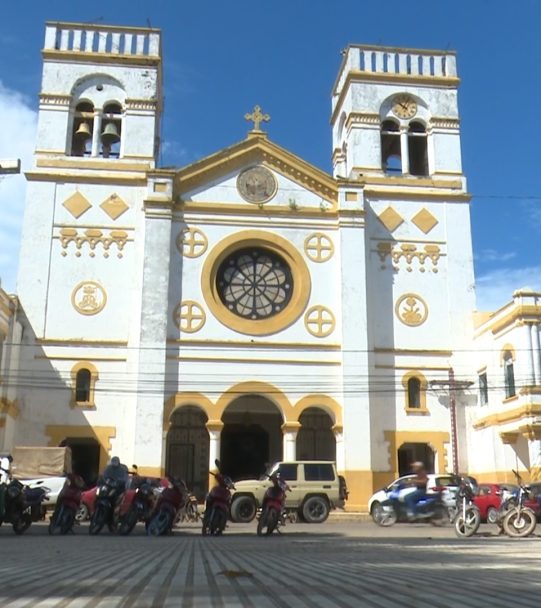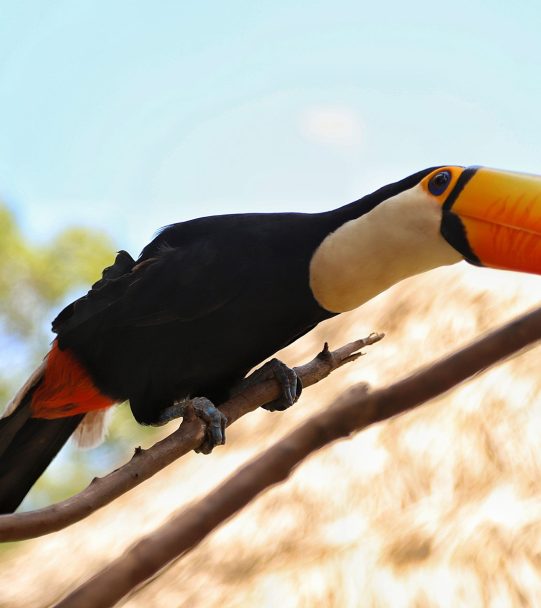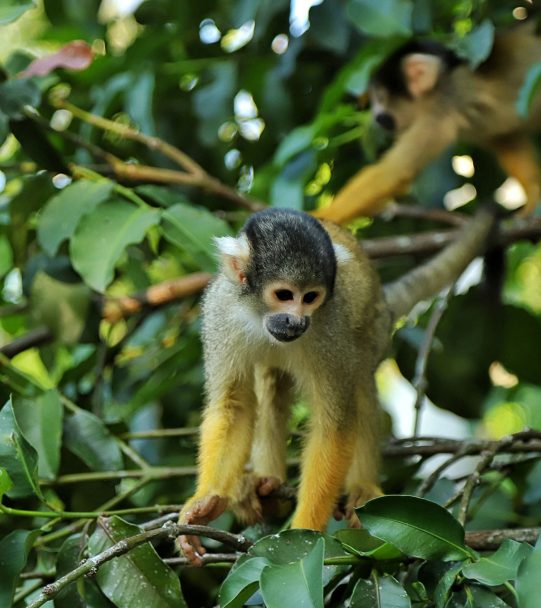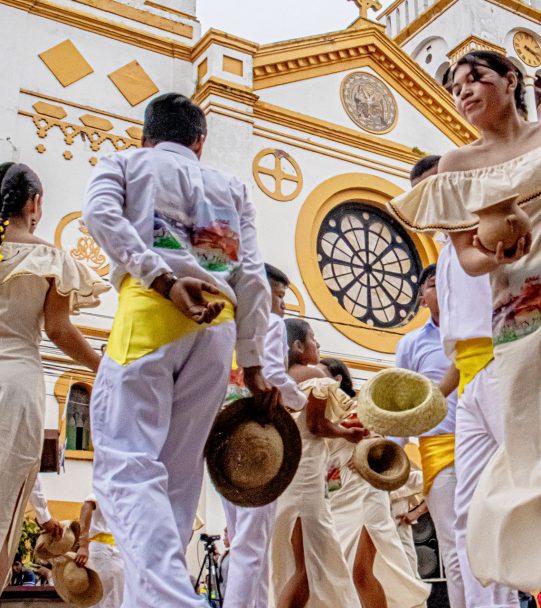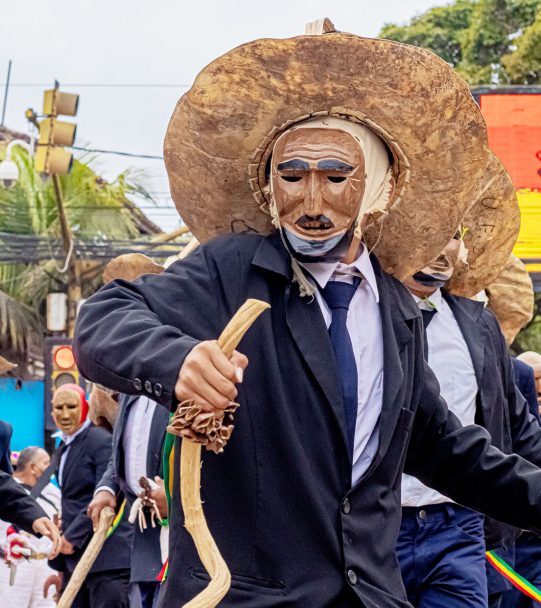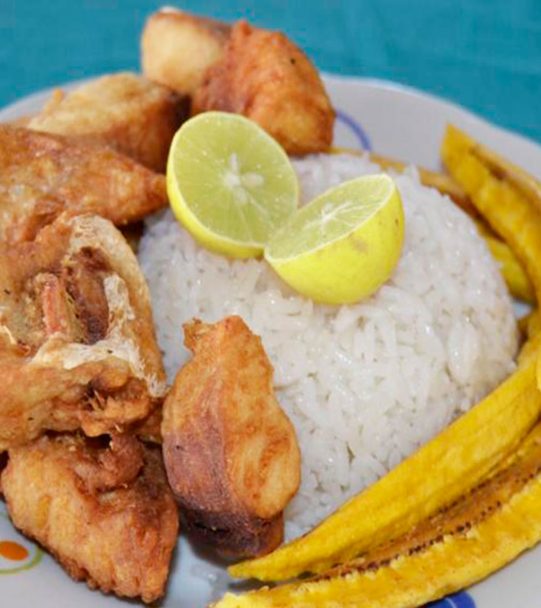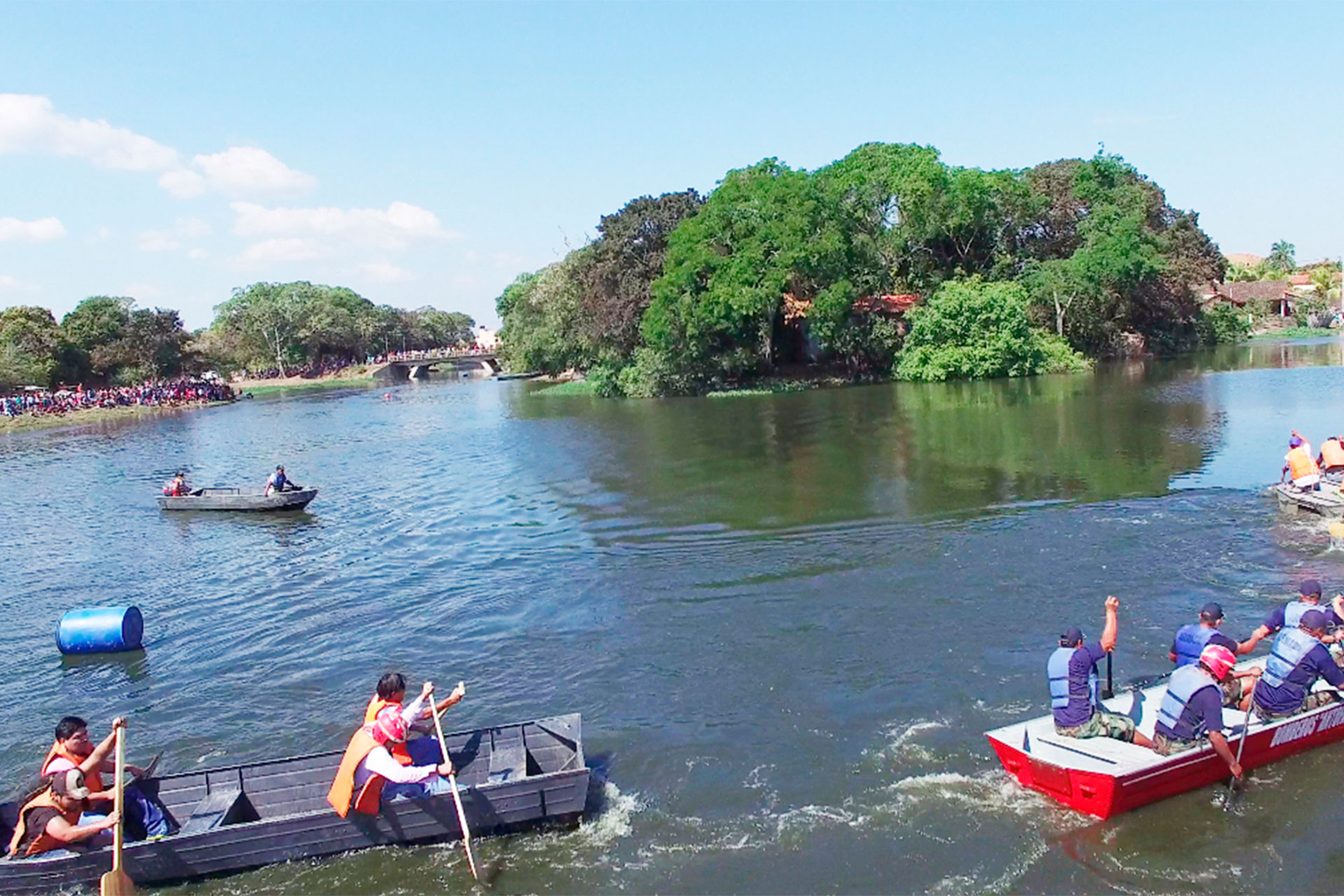Beni
Discover the department of Beni, a natural paradise where majestic rivers, endless pampas and lush jungles define its identity. Its capital, Trinidad, combines Amazonian traditions with a warm and hospitable atmosphere. Other cities such as Rurrenabaque open their doors to ecotourism, being the entrance route to the Bolivian Amazon and protected areas such as Madidi. In the extreme north, Guayaramerín connects the country with Brazil through the Mamoré River, reflecting the border and commercial character of the region. Beni is biodiversity, living culture and adventure in its purest form.
Connectivity
You can reach Beni by air with greater ease, the Teniente Jorge Henrich Airport in Trinidad connects with regular flights from La Paz, Santa Cruz y Cochabamba. If you prefer the road, there are routes from Santa Cruz or La Paz to Trinidad or Rurrenabaque, with travel times ranging from 12 to 20 hours, depending on the starting point. Beni is closer than you imagine and ready to surprise you.
Beni
Subscribe to receive news about Caminos Andinos
Temperature
It ranges between 25.8 and 35 °C.
Weather
Tropical humid
More destinations
Activities and attractions
Beni invites you to discover a unique combination of culture and nature. In Guayaramerín, the boat rides along the Mamoré River show the richness of its riverside environment. Trinidad offers the Suarez Lagoon, ideal for water sports and relaxation. Rurrenabaque is the gateway to Madidi and the Pampas del Yacuma, where pink dolphins and wildlife can be sighted. The San Ignacio, San Javier and San Joaquín Jesuit missions preserve a unique architecture. And every year, San Ignacio de Moxos celebrates the Ichapekene Piesta, a festival declared a World Heritage Site that shows the cultural soul of Beni.
Resident of Trinidad
PHOTO: Vice-Ministry of Tourism Bolivia
Moxos Jesuitas, Beni
PHOTO: Vice-Ministry of Tourism Bolivia
Party in Trinidad - Beni
PHOTO: Vice-Ministry of Tourism Bolivia
Fauna Beni
PHOTO: Vice-Ministry of Tourism Bolivia
Pink dolphin Fauna Beni
PHOTO: Vice-Ministry of Tourism Bolivia
Discover what we do
-
-
CULTURE
Legacy of the Jesuits:
The Moxos Jesuits are a colonial jewel in the heart of Beni, is a fascinating destination that transports you to the seventeenth century. Its Jesuit missions, such as the churches of San Ignacio and San Joaquín, are authentic architectural marvels of adobe and finely carved wood, testimonies of the colonial era. A stroll through its cobblestone streets and historic churches will allow you to immerse yourself in the rich cultural heritage of the region, while enjoying music, spirituality and traditional festivities.
-
-
NATURE
Rivers and lagoons:
Beni surprises with natural destinations that enchant from the first moment. In Guayaramerín, the majesty of the Mamoré River invites you to take sunset boat rides and discover its riverside biodiversity.
In Trinidad, the Suarez Lagoon is the perfect place to relax, enjoy water activities and bird watching.
Rurrenabaque, a jewel of ecological tourism, is the gateway to the Bolivian Amazon and the Madidi and Pampas del Yacuma protected areas, where you can observe pink dolphins, monkeys, exotic birds and experience nature in its purest form.Barba Azul Natural Reserve: Exploration and birdwatching trails
The reserve is located in the Llanos de Moxos, a paradise for nature lovers. There you will be able to spot the blue-bearded macaw, a unique and endangered species, along with more than 350 other birds. Enjoy hiking, wildlife photography and spectacular landscapes in an environment that combines conservation and adventure.
Moxos wetlands:
The wetlands cover more than 6 million hectares and are one of the largest wetlands on the planet. This natural paradise combines savannas, gallery forests, rivers, lagoons and swamps that change according to the rainy season. It is ideal for sailing, bird watching, wildlife photography and exploring unique landscapes. Its biodiversity and ecological importance make it an unmissable destination for ecotourism.
-
-
ANCESTRAL COMMUNITIES AND RURALITY
Variety of cultures:
Ancestral communities offer an authentic experience for the traveler seeking cultural connection. The Moxeños in San Ignacio de Moxos, the Mojeños-Trinitarios in Trinidad, the Yuracarés near the Ichilo River and the Tacanas in Rurrenabaque preserve living traditions in music, dance, weaving and rituals. Visiting their territories allows you to learn about their worldview and share ancestral knowledge that enriches any trip through the Bolivian Amazon.
Holidays:
Beni celebrates its identity with festivities that combine tradition, faith and joy. In San Ignacio de Moxos, the Ichapekene Piesta, from July 31 to August 2, is a World Cultural Heritage, with dances, music and rituals that unite Jesuit and indigenous heritage. In Trinidad, the Chope Piesta, in May, fills the city with folklore and popular games. While Rurrenabaque honors the Virgen de la Candelaria every February with colorful processions, among a variety of festivities that take place throughout the year.
-
-
GASTRONOMY
The gastronomy is characterized by authentic Amazonian flavors. The Beni keperi of marinated and slow-cooked meat. The masaco, made with crushed green plantain and charque or dried meat, has its origins in ancient knowledge of food preservation. To eat in Beni is to savor living history.
-
-
CRAFTS
Handicrafts in Beni reflect the cultural heritage of its indigenous communities. Palm fiber weavings, basketry, ceramics and wood carvings, handmade by artisans from San Ignacio de Moxos, San Andres and Tacana communities of Rurrenabaque, stand out. Each piece is unique and connects the visitor with the ancestral traditions of the Bolivian Amazon.
CULTURE
Legacy of the Jesuits:
The Moxos Jesuits are a colonial jewel in the heart of Beni, is a fascinating destination that transports you to the seventeenth century. Its Jesuit missions, such as the churches of San Ignacio and San Joaquín, are authentic architectural marvels of adobe and finely carved wood, testimonies of the colonial era. A stroll through its cobblestone streets and historic churches will allow you to immerse yourself in the rich cultural heritage of the region, while enjoying music, spirituality and traditional festivities.
NATURE
Rivers and lagoons:
Beni surprises with natural destinations that enchant from the first moment. In Guayaramerín, the majesty of the Mamoré River invites you to take sunset boat rides and discover its riverside biodiversity.
In Trinidad, the Suarez Lagoon is the perfect place to relax, enjoy water activities and bird watching.
Rurrenabaque, a jewel of ecological tourism, is the gateway to the Bolivian Amazon and the Madidi and Pampas del Yacuma protected areas, where you can observe pink dolphins, monkeys, exotic birds and experience nature in its purest form.
Barba Azul Natural Reserve: Exploration and birdwatching trails
The reserve is located in the Llanos de Moxos, a paradise for nature lovers. There you will be able to spot the blue-bearded macaw, a unique and endangered species, along with more than 350 other birds. Enjoy hiking, wildlife photography and spectacular landscapes in an environment that combines conservation and adventure.
Moxos wetlands:
The wetlands cover more than 6 million hectares and are one of the largest wetlands on the planet. This natural paradise combines savannas, gallery forests, rivers, lagoons and swamps that change according to the rainy season. It is ideal for sailing, bird watching, wildlife photography and exploring unique landscapes. Its biodiversity and ecological importance make it an unmissable destination for ecotourism.
ANCESTRAL COMMUNITIES AND RURALITY
Variety of cultures:
Ancestral communities offer an authentic experience for the traveler seeking cultural connection. The Moxeños in San Ignacio de Moxos, the Mojeños-Trinitarios in Trinidad, the Yuracarés near the Ichilo River and the Tacanas in Rurrenabaque preserve living traditions in music, dance, weaving and rituals. Visiting their territories allows you to learn about their worldview and share ancestral knowledge that enriches any trip through the Bolivian Amazon.
Holidays:
Beni celebrates its identity with festivities that combine tradition, faith and joy. In San Ignacio de Moxos, the Ichapekene Piesta, from July 31 to August 2, is a World Cultural Heritage, with dances, music and rituals that unite Jesuit and indigenous heritage. In Trinidad, the Chope Piesta, in May, fills the city with folklore and popular games. While Rurrenabaque honors the Virgen de la Candelaria every February with colorful processions, among a variety of festivities that take place throughout the year.
GASTRONOMY
The gastronomy is characterized by authentic Amazonian flavors. The Beni keperi of marinated and slow-cooked meat. The masaco, made with crushed green plantain and charque or dried meat, has its origins in ancient knowledge of food preservation. To eat in Beni is to savor living history.
CRAFTS
Handicrafts in Beni reflect the cultural heritage of its indigenous communities. Palm fiber weavings, basketry, ceramics and wood carvings, handmade by artisans from San Ignacio de Moxos, San Andres and Tacana communities of Rurrenabaque, stand out. Each piece is unique and connects the visitor with the ancestral traditions of the Bolivian Amazon.
 Skip to content
Skip to content



